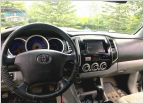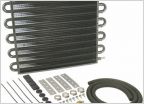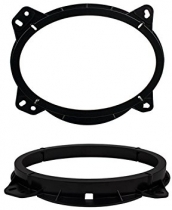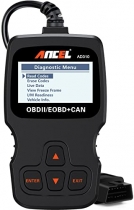-
Welcome to Tacoma World!
You are currently viewing as a guest! To get full-access, you need to register for a FREE account.
As a registered member, you’ll be able to:- Participate in all Tacoma discussion topics
- Communicate privately with other Tacoma owners from around the world
- Post your own photos in our Members Gallery
- Access all special features of the site
Do aftermarket intakes (CAI) make a difference? Yes. Yes, they do.
Discussion in '2nd Gen. Tacomas (2005-2015)' started by canyonchaser, Oct 5, 2020.
Page 1 of 2
Page 1 of 2


 Custom Overland Tacoma
Custom Overland Tacoma Tailgate handle
Tailgate handle Fender Flare Fix Suggestions
Fender Flare Fix Suggestions Do all 2nd Gen Tacos come with a tranny cooler?
Do all 2nd Gen Tacos come with a tranny cooler? How do I put this Amp in my truck
How do I put this Amp in my truck







































































